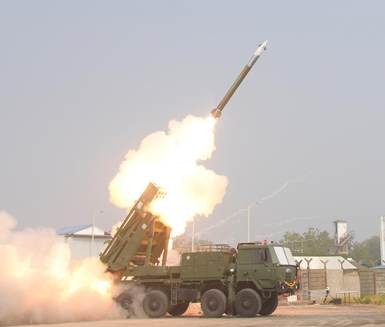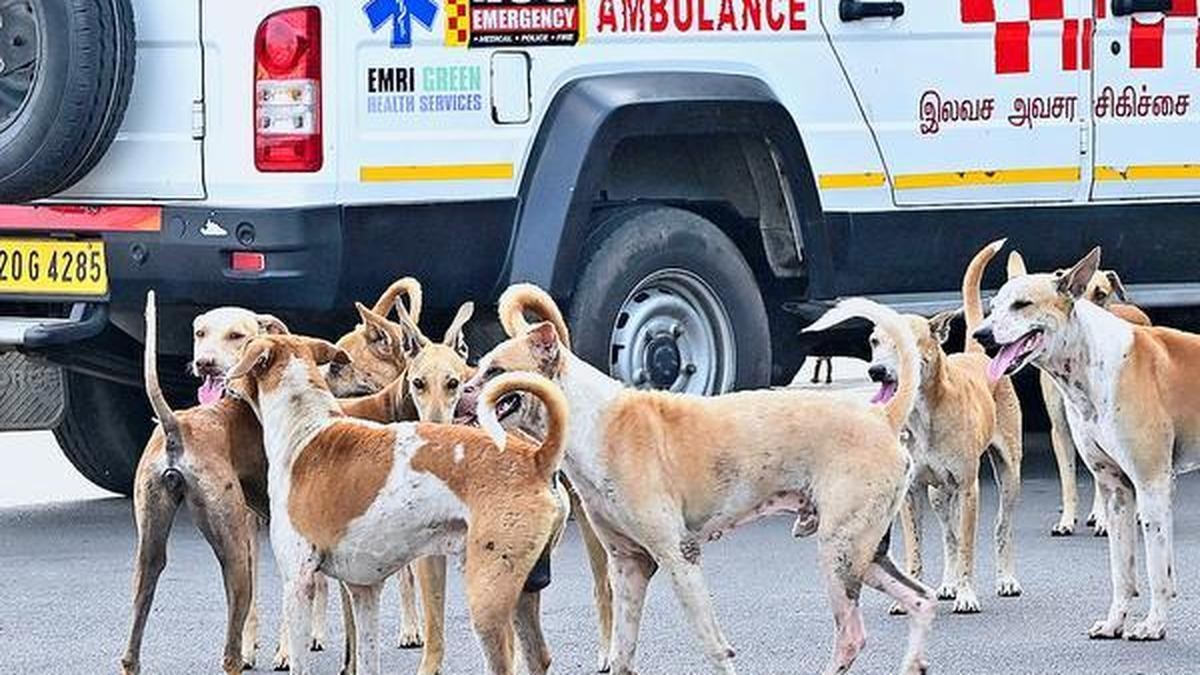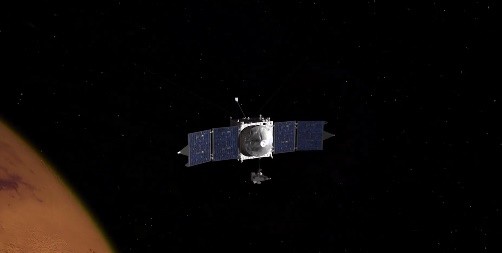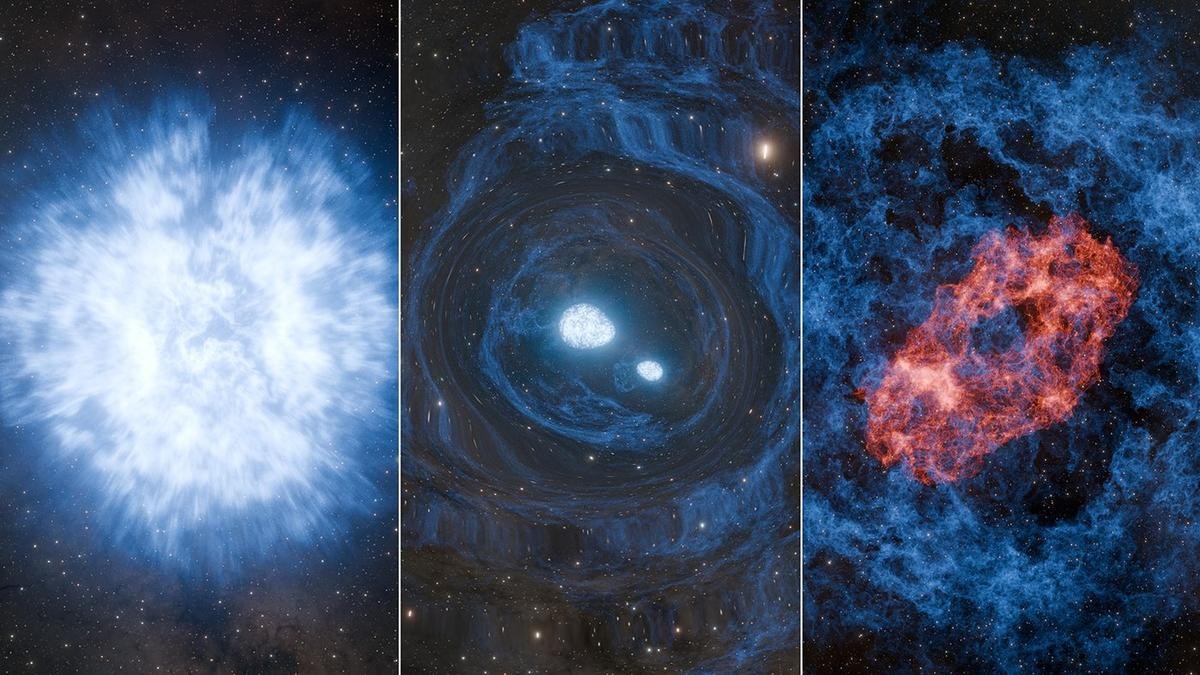



ISRO’s PSLV-C61 mission failed on May 18, 2025, due to a third-stage anomaly, preventing EOS-09 from reaching orbit. EOS-09, a C-band SAR satellite, was designed for all-weather Earth observation, aiding agriculture, disaster management, surveillance, and infrastructure. It marks a rare setback in PSLV’s strong launch history.

Copyright infringement not intended
Picture Courtesy: DD NEWS
ISRO’s EOS-09 mission failed due to a third-stage anomaly in the PSLV-C61 launch.
On May 18, 2025, ISRO launched its 101st mission, the PSLV-C61, from the Satish Dhawan Space Centre in Sriharikota, Andhra Pradesh.
The mission aims to place the EOS-09, an advanced Earth observation satellite, into a Sun-Synchronous Polar Orbit (SSPO).
The 44.5-meter-tall Polar Satellite Launch Vehicle (PSLV), weighing 321 tonnes, performs perfectly through its first two stages. However, a serious issue arises during the third stage, which prevented the satellite from reaching its planned 524-km orbit.
ISRO Chairman V. Narayanan announces the mission’s failure, stating, ”The failure marks a rare setback for the PSLV, which has a strong track record with only three failures in 63 launches since 1993.
It is a state-of-the-art Earth observation satellite equipped with C-band Synthetic Aperture Radar (SAR), allowing it to capture high-resolution images of Earth’s surface in all weather conditions, day or night, unlike optical satellites that rely on clear skies.
The satellite builds on the legacy of RISAT-1 and EOS-04 (launched in 2022), enhancing India’s remote sensing capabilities.
The satellite serves multiple sectors:
Must Read Articles:
PSLV Orbital Experimental Module
About the Launch of PSLV-C60 Mission
Source:
|
PRACTICE QUESTION Q. Examine the role of ISRO (Indian Space Research Organisation) in enhancing India's soft power. 150 words |









© 2026 iasgyan. All right reserved